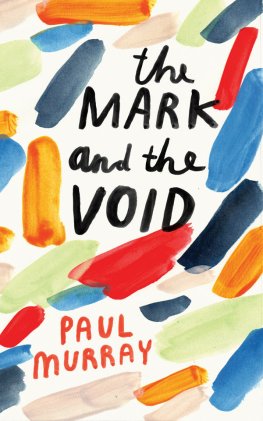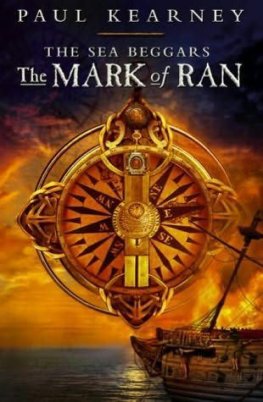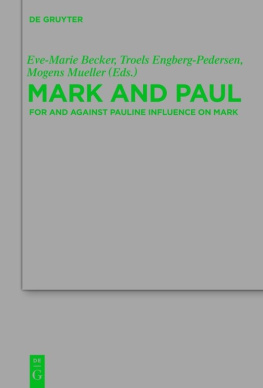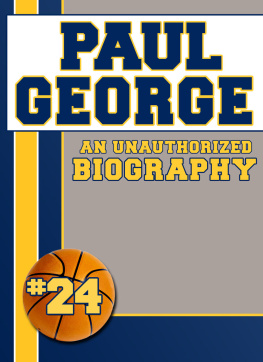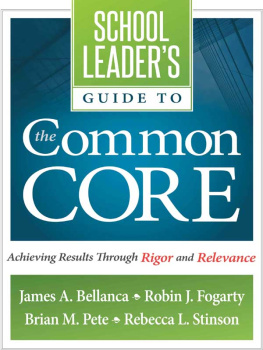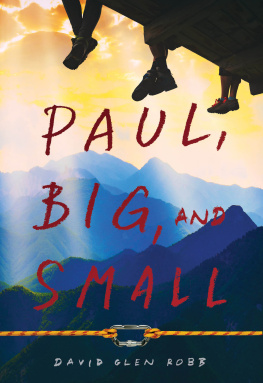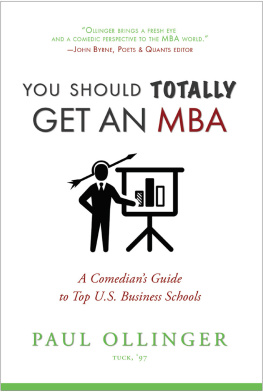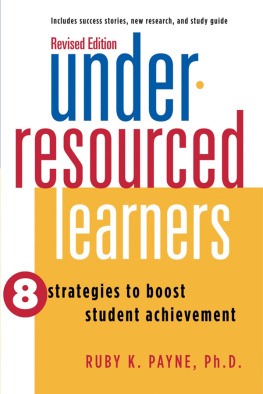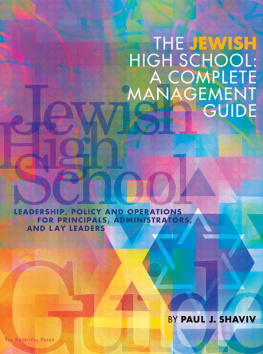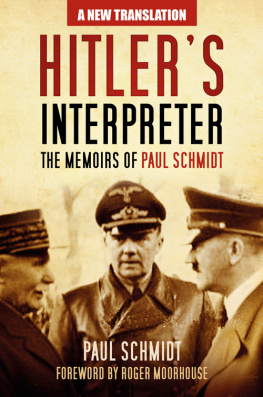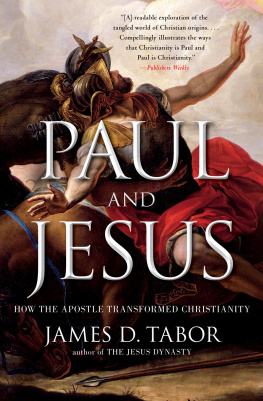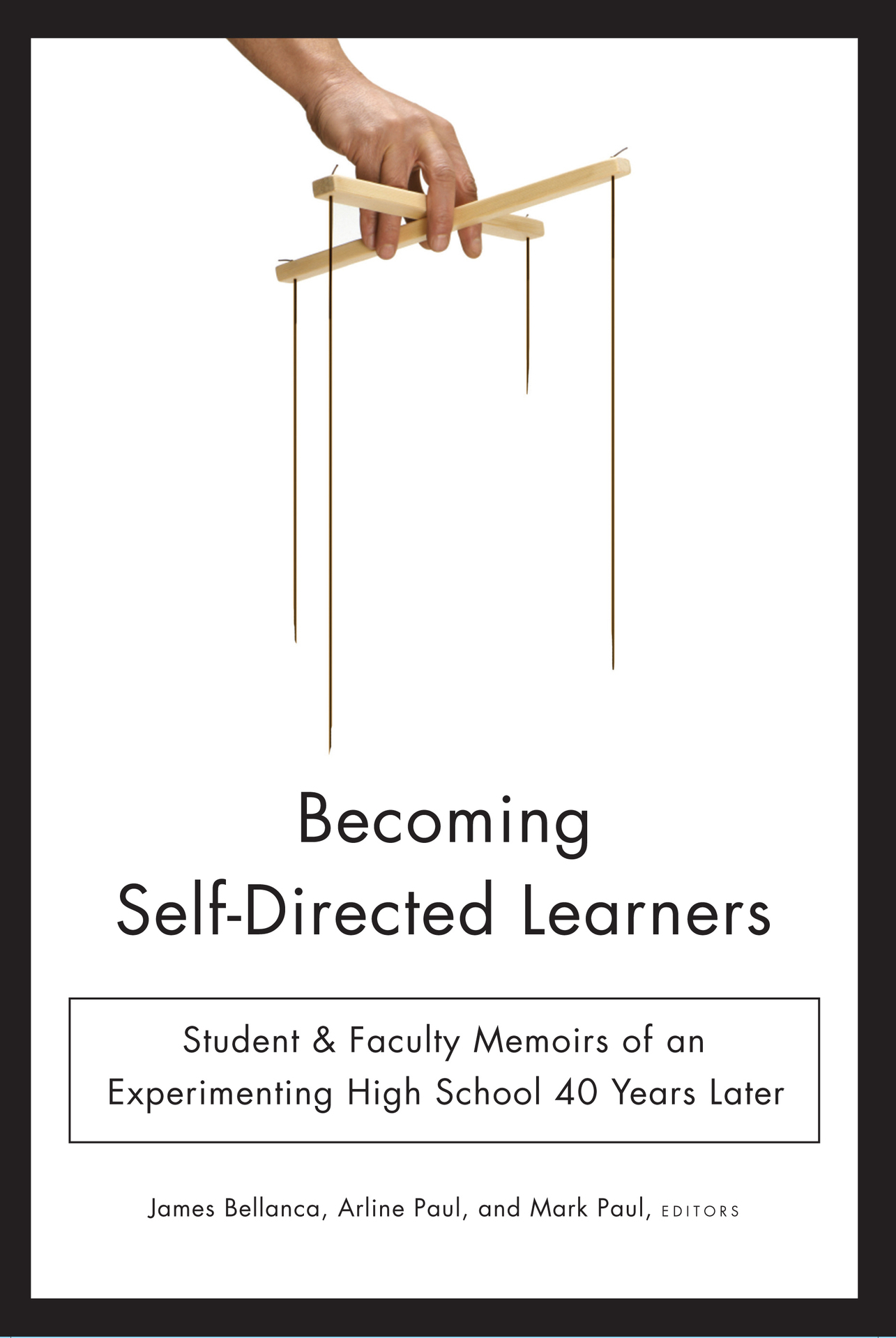Praise for
Becoming Self-Directed Learners
The Stories Renew our Faith in the Human Drive for Self-Fulfillment
Becoming Self-Directed Learners is an amazing collection of testimonies, memoirs, and reflections from graduates of a school intent on fostering self-directed learning, providing a longitudinal study of the positive and long-lasting effects of instruction in which students must self-manage, self-monitor and self-modify. Graduates who have excelled and achieved prominence in a variety of fieldspolitics, the arts, science, and international relationsprovide compelling evidence of the positive effects that self-directed learning has contributed to their success.
What these stories disclose is that humans learn best what they want to learn. They demonstrate that learning derived from a carefully structured program of self-directedness does not fade away after the test or even in several months. Rather, it lasts for a lifetime.
As you read the stories in this book, three recurring patterns emerge. It becomes evident that these Center students demonstrated they were self-directed:
They have dreams, aspirations, desires, and ideals and, because they are effective, they translate those dreams into action. (Self-managing)
They are keenly aware of themselves, their beliefs, internal states, emotions, their strengths and gaps. (Self-monitoring)
They are open to and seek feedback in a never-ending desire for adaptation, change, learning, and growth. (Self-modifying)
These stories show how our perceptions of being educated need to shift from educational outcomes that are primarily an individuals collections of sub-skills to include successful participation in socially organized activities and the development of students identities as conscious, flexible, efficacious, and interdependent meaning-makers.
We must also let go of having learners acquire our meanings and have faith in the processes of students construction of their own and shared meanings through individual activity and social interaction. This will cause great discomfort because the individual and the group may not construct the meaning we want them to: a real challenge to the basic educational framework with which most schools are comfortable.
The stories in this book, however, renew our faith in the human drive for self-fulfillment. When we know what we consist of and what our ideal self could be, then we can achieve our greatest potential. The evidence of this on these pages is clear, strong and lasting.
Arthur L. Costa, Ed.D. is Professor Emeritus, California State University, Sacramento; Co-founder, The Institute for Habits of Mind, Past President of the Association for Supervision and Curriculum Development (ASCD), and author of many books that promote thinking and problem solving.
The Centers Contribution to Curriculum was Substantial
Becoming Self-Directed Learners highlights a critical chapter of American educational history. Its emphasis on the individual experiences of participants in a great experiment is exemplary and necessary. Increasingly the most productive educational literature will be composed of systematic studies of individual learning experiences. After all is not each learning experience individual? As Jim Bellanca suggests in his introduction, apart from the individual student, the teacher, the learning goal, and the conditions of their encounter, there are no axiomatic best practices.
You will not find anything dated in this chronicle from the last century. The problems, challenges, and struggles for solutions faced by the New Trier Center for Self-Directed Learning are real and credible in our contemporary educational environment. Indeed in many ways educational institutions are growing increasingly oppressive for all involved and so the need for alternatives becomes all the more compelling.
The New Trier Centers contribution to curriculum was substantial. Mainstream education has historically focused on attainment of concepts as a primary indicator of success in school. This is in large part because it is seemingly easier to construct tests to measure concept attainment. Because critical life skills and dispositions are typically not measured they are likely to be neglected in program evaluation. The New Trier Center was a leader, a forerunner, in going beyond simple concept attainment. Its primary learning goal was self-directed learning , a disposition of lasting significance and one of the most fundamental attributes of an educated person! Moreover, ongoing assessment of competence was a central feature of their program. Standards of assessment were themselves subject to ongoing review and refinement over time. This was true formative evaluation directed to building community as well as to supporting teaching and learning. New Trier was indeed a lighthouse.
Readers of this book will be interested to know that self-directed learning is alive and advancing. Kenneth Danfords North Star program of self-directed learning for teens and its sister centers have been proceeding carefully to grasp the demands of contemporary social institutions and find ingenious ways to re-direct existing systems to serve the best interests of learners. More lighthouses are appearing.
What are the educational programs of our dreams? To bring them to life and sustain that life we must demonstrate their worthiness and importance. This chronicle of the struggle to develop self-directed learners in the 1970s, told from the inside through the experiences and reflections of participants, will be a profitable companion to anyone who would take on such a challenge in our contemporary educational climate.
Paul Zachos directs ACASE, a professional association of scientists and educators founded in 1991 and dedicated to develop the scientific capabilities of educators, secondary and college students, and the general public.
This Collection Contains Much Wisdom
Many of the pieces in this collection are riveting, some are rich in humor, a few are downright moving. Taken as a whole these student and faculty recollections provide a multi-dimensional, detailed record of a brilliantly crafted experiment in alternative education, wonderfully executed by a highly motivated faculty devoting an incredible amount of time and commitment. The faculty called themselves facilitators; they sought to be treated as co-learners rather than teachers. Students were central to decision making, which was by consensus not majority rule. They learned a lot about building consensus and a lot about community.
As a Center alumna summarized the Centers approach to self-directed learning: Decide what you want, figure out what you need to learn to get there, and follow through. Make a mistake? Pick yourself up and start again.
Many students who opted for the Center had been well-adjusted strong achievers in the parent school. Others, however, had been chronic underachievers. Of these, some, bored by school, lacked motivation; some felt socially isolated; and some had issues such as learning disabilities, dangerously low self-esteem, or drug addiction that got in the way. Many of those underachievers report that they soon blossomed after transferring into the Center. In addition to the turnaround in their high school experience, many credit the Center for setting them on a path to adult success. There are some striking examples: a psychologist who overcame severe learning disabilities (first recognized by the Center math facilitator) to earn her Ph.D. in psychology and a clinical and teaching career; an actress nominated for a Golden Globe and an Academy Award.


